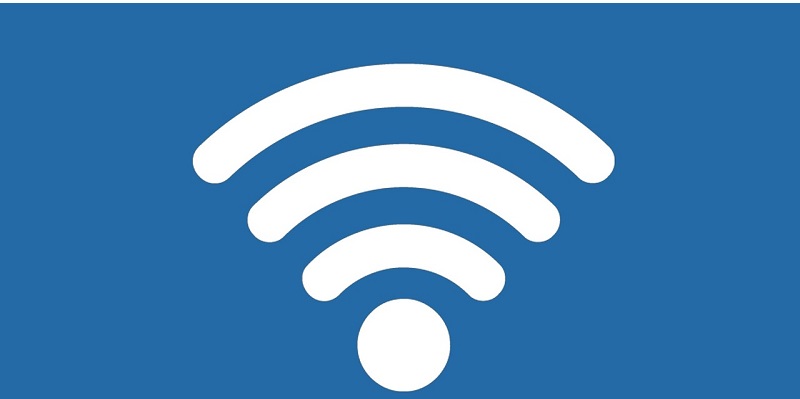In today’s fast-paced digital world, businesses rely heavily on seamless connectivity to stay competitive and drive productivity. Wi-Fi technology, particularly the latest iteration, Wi-Fi 6E, assumes a crucial role in enabling businesses to optimize their connectivity capabilities. With its ability to unlock the unlicensed 6 GHz spectrum band, Wi-Fi 6E delivers the capabilities needed to support high-bandwidth applications, making it an invaluable asset for modern businesses.
Wi-Fi is a complementary technology to 5G
While 5G has garnered significant attention for its potential to revolutionize wireless communication, Wi-Fi works hand in hand as a complementary technology. Wi-Fi supports the performance of 5G applications and provides a seamless connectivity experience as users move from place to place throughout the day. This convergence of Wi-Fi and 5G allows for uninterrupted connectivity, ensuring that businesses can take full advantage of the benefits offered by both technologies.
Unlocking the potential of Wi-Fi 6E
Wi-Fi 6E takes wireless connectivity to new heights by introducing the unlicensed 6 GHz spectrum band. This additional spectrum brings forth a host of advantages, including the ability to support high-bandwidth applications. With the lower latency and higher throughput provided by the 6 GHz band, Wi-Fi 6E is poised to keep up with the rapid rate of information exchange and virtual collaboration that characterizes today’s workplace. By unlocking this new spectrum, businesses can unlock the full potential of their connectivity networks.
Growing adoption of Wi-Fi 6E
The adoption of Wi-Fi 6E is on the rise, as evidenced by the increasing revenue generated by this technology. From the fourth quarter of 2022 to the first quarter of 2023, Wi-Fi 6E revenue experienced a notable increase of 14.1%. This growth is a testament to the recognition and acceptance of Wi-Fi 6E as a powerful tool for enhancing connectivity capabilities.
Additionally, the availability of certified Wi-Fi 6E devices is rapidly expanding. Currently, there are over 980 devices certified for Wi-Fi 6E, providing businesses with a wide range of options to choose from when implementing this technology. This extensive selection ensures that businesses can find the right devices to meet their specific connectivity needs.
Cost-effectiveness and minimal infrastructure
One of the key advantages of Wi-Fi connectivity is its minimal requirement for external infrastructure. Unlike other connectivity options, such as wired connections, Wi-Fi implementation does not require extensive cabling or costly infrastructure deployments. This makes Wi-Fi a cost-effective solution for businesses of all sizes. Furthermore, the minimal infrastructure requirements mean that implementing Wi-Fi is less invasive to the surrounding environment, making it an environmentally-friendly choice.
Optimal connectivity with Wi-Fi and 5G
By implementing Wi-Fi and 5G together, businesses can enjoy optimized connectivity even when users transition between indoor and outdoor locations. This seamless transition ensures uninterrupted access to critical applications and services, enhancing productivity and efficiency. Whether employees are moving between office buildings, outdoor spaces, or remote locations, the combination of Wi-Fi and 5G ensures consistent and reliable connectivity.
Future-proofing networks for business growth
In a rapidly evolving digital landscape, businesses must prepare future-forward networks that can accommodate their growth and expansion. By embracing Wi-Fi 6E and other cutting-edge technologies, businesses can future-proof their networks to meet the demands of tomorrow. Wi-Fi 6E’s ability to support high-bandwidth applications and its seamless integration with 5G make it an essential component of any forward-thinking network strategy.
Wi-Fi 6E plays a vital role in enabling businesses to optimize their connectivity capabilities. With its ability to deliver high-bandwidth support, lower latency, and higher throughput, Wi-Fi 6E keeps pace with the rapid rate of information exchange and virtual collaboration. Supported by an increasing number of certified devices and a cost-effective implementation process, Wi-Fi 6E is a future-forward solution that businesses can rely on to enhance their connectivity and power their growth and success in the digital age.

